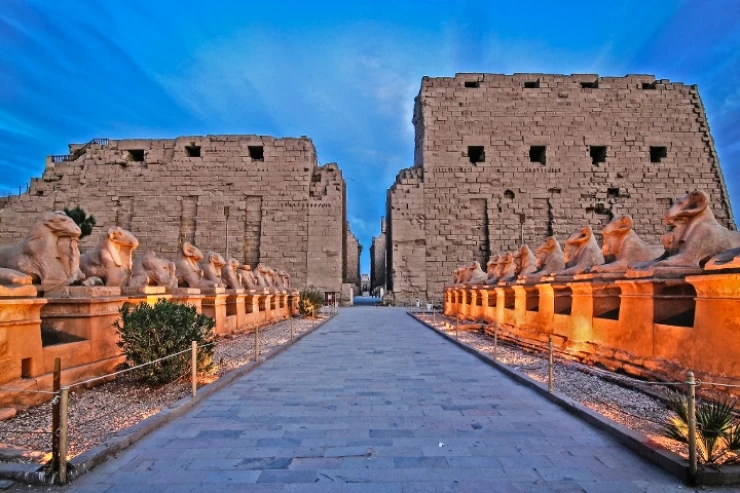
The Nineteenth Dynasty in Ancient Egypt
Facts About The Nineteenth Dynasty
From a political and theological perspective, the Nineteenth Dynasty's rule marked the start of a new chapter in the history of the Egyptian people. It was also an era of prosperity and internal reform in terms of administration and architecture. We have seen that Pharaoh Hor Mahab, the last king of the Eighteenth Dynasty, restored the country's original religion and regained some of its political status by bringing Nubia back under Egyptian rule and by the victories he won over the Bedouin and Khitta peoples who had raided Egypt's possessions in Syria and Palestine.
This is in addition to the fact that he consolidated peace in the interior of the country by enacting laws that later became proverbial; it is regrettable that this great monarch was not able to restore the country's original position in Asia, and he left this to his successors after him, but he did not have any descendants to inherit the king; he was succeeded by one of his commanders.
In fact, our historical sources on the succession to the throne after Hor Mahab are shrouded in a thick veil of mystery and ambiguity, especially when we know that what has come down to us through the ancient historians of the Greco-Greek era contradicts what we can deduce from the surviving artifacts from this era.
Egypt started into an era of prosperity and conducted many military campaigns, the most important of which was against the Hittites, who had emerged as a new power in the ancient Near East, and recovered much of the lost Egyptian territory in the Levant.
His son, the great Ramses II, was one of the most successful kings in ancient Egyptian history. Over the course of his long reign, he waged many successful wars, achieved the first peace treaty with the Hittites, and left more monuments throughout Egypt than any other king. His successor and son, Merneptah, launched a major offensive against tribes known as the Sea Peoples, and by the end of his reign, the Nineteenth Dynasty had collapsed.
















